Subscribe to our ▶️YouTube channel🔴 for the latest videos, updates, and tips.
Home | About Us | Contact Us | Privacy | Math Blog
Cardinal Properties of Sets
Cardinal Properties of Sets:
We have already learnt about the union, intersection and difference of sets. Now, we will go through some practical problems on sets related to everyday life.
If A and B are finite sets, then
• n(A ∪ B) = n(A) + n(B) - n(A ∩ B)
If A ∩ B = ф , then n(A ∪ B) = n(A) + n(B)
It is also clear from the Venn diagram that
• n(A - B) = n(A) - n(A ∩ B)
• n(B - A) = n(B) - n(A ∩ B)
Problems on Cardinal Properties of Sets
1. If P and Q are two sets such that P ∪ Q has 40 elements, P has 22 elements and Q has 28 elements, how many elements does P ∩ Q have?
Solution:
Given n(P ∪ Q) = 40, n(P) = 18, n(Q) = 22
We know that n(P U Q) = n(P) + n(Q) - n(P ∩ Q)
So, 40 = 22 + 28 - n(P ∩ Q)
40 = 50 - n(P ∩ Q)
Therefore, n(P ∩ Q) = 50 – 40
= 10
2. In a class of 40 students, 15 like to play cricket and football and 20 like to play cricket. How many like to play football only but not cricket?
Solution:
Let C = Students who like cricket
F = Students who like football
C ∩ F = Students who like cricket and football both
C - F = Students who like cricket only
F - C = Students who like football only.
n(C) = 20 n(C ∩ F) = 15 n (C U F) = 40 n (F) = ?
n(C ∪ F) = n(C) + n(F) - n(C ∩ F)
40 = 20 + n(F) - 15
40 = 5 + n(F)
40 – 5 = n(F)
Therefore, n(F)= 35
Therefore, n(F - C) = n(F) - n (C ∩ F)
= 35 – 15
= 20
Therefore, Number of students who like football only but not cricket = 20
More problems on cardinal properties of sets
3. There is a group of 80 persons who can drive scooter or car or both. Out of these, 35 can drive scooter and 60 can drive car. Find how many can drive both scooter and car? How many can drive scooter only? How many can drive car only?
Solution:
Let S = {Persons who drive scooter}
C = {Persons who drive car}
Given, n(S ∪ C) = 80 n(S) = 35 n(C) = 60
Therefore, n(S ∪ C) = n(S) + n(C) - n(S ∩ C)
80 = 35 + 60 - n(S ∩ C)
80 = 95 - n(S ∩ C)
Therefore, n(S∩C) = 95 – 80 = 15
Therefore, 15 persons drive both scooter and car.
Therefore, the number of persons who drive a scooter only = n(S) - n(S ∩ C)
= 35 – 15
= 20
Also, the number of persons who drive car only = n(C) - n(S ∩ C)
= 60 - 15
= 45
4.
It was found that out of 45 girls, 10 joined singing but not dancing
and 24 joined singing. How many joined dancing but not singing? How many
joined both?
Solution:
Let S = {Girls who joined singing}
D = {Girls who joined dancing}
Number of girls who joined dancing but not singing = Total number of girls - Number of girls who joined singing
45 – 24
= 21
Now, n(S - D) = 10 n(S) =24
Therefore, n(S - D) = n(S) - n(S ∩ D)
⇒ n(S ∩ D) = n(S) - n(S - D)
= 24 - 10
= 14
Therefore, number of girls who joined both singing and dancing is 14.
● Set Theory
● Sets
● Subset
From Cardinal Properties of Sets to HOME PAGE
Didn't find what you were looking for? Or want to know more information about Math Only Math. Use this Google Search to find what you need.
Recent Articles
-
What is Area in Maths? | Units to find Area | Conversion Table of Area
Jul 17, 25 01:06 AM
The amount of surface that a plane figure covers is called its area. It’s unit is square centimeters or square meters etc. A rectangle, a square, a triangle and a circle are all examples of closed pla… -
Worksheet on Perimeter | Perimeter of Squares and Rectangle | Answers
Jul 17, 25 12:40 AM
Practice the questions given in the worksheet on perimeter. The questions are based on finding the perimeter of the triangle, perimeter of the square, perimeter of rectangle and word problems. I. Find… -
Formation of Square and Rectangle | Construction of Square & Rectangle
Jul 16, 25 11:46 PM
In formation of square and rectangle we will learn how to construct square and rectangle. Construction of a Square: We follow the method given below. Step I: We draw a line segment AB of the required… -
Perimeter of a Figure | Perimeter of a Simple Closed Figure | Examples
Jul 16, 25 02:33 AM
Perimeter of a figure is explained here. Perimeter is the total length of the boundary of a closed figure. The perimeter of a simple closed figure is the sum of the measures of line-segments which hav… -
Formation of Numbers | Smallest and Greatest Number| Number Formation
Jul 15, 25 11:46 AM
In formation of numbers we will learn the numbers having different numbers of digits. We know that: (i) Greatest number of one digit = 9,
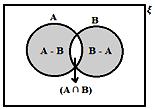

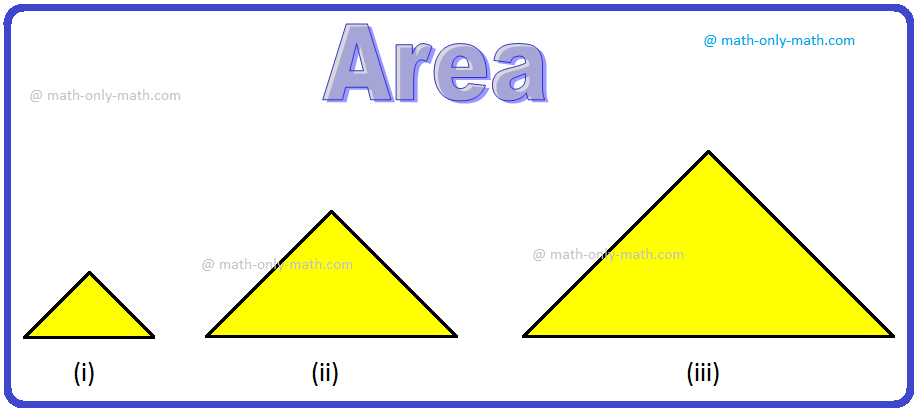
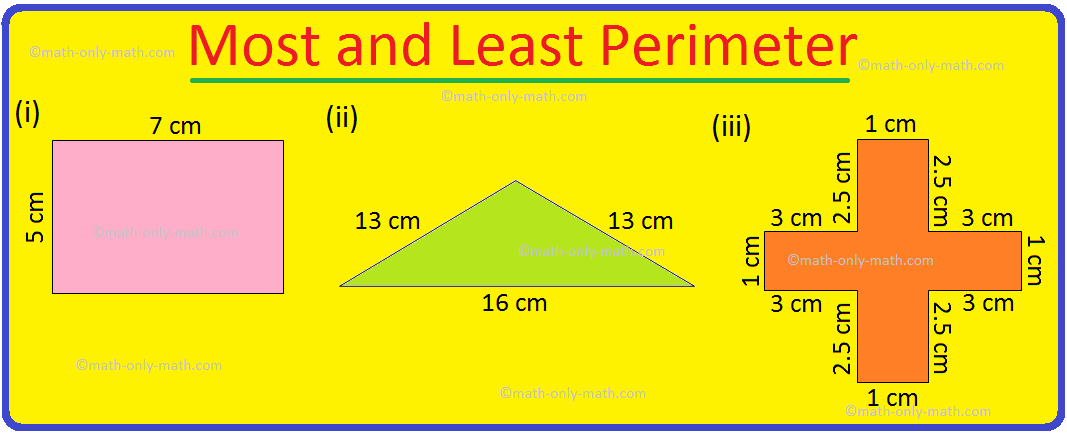
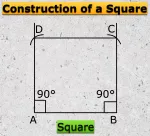
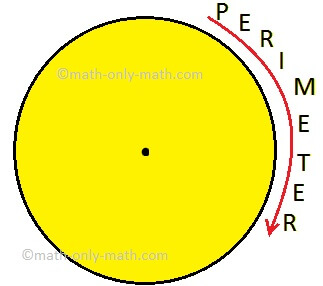
New! Comments
Have your say about what you just read! Leave me a comment in the box below. Ask a Question or Answer a Question.